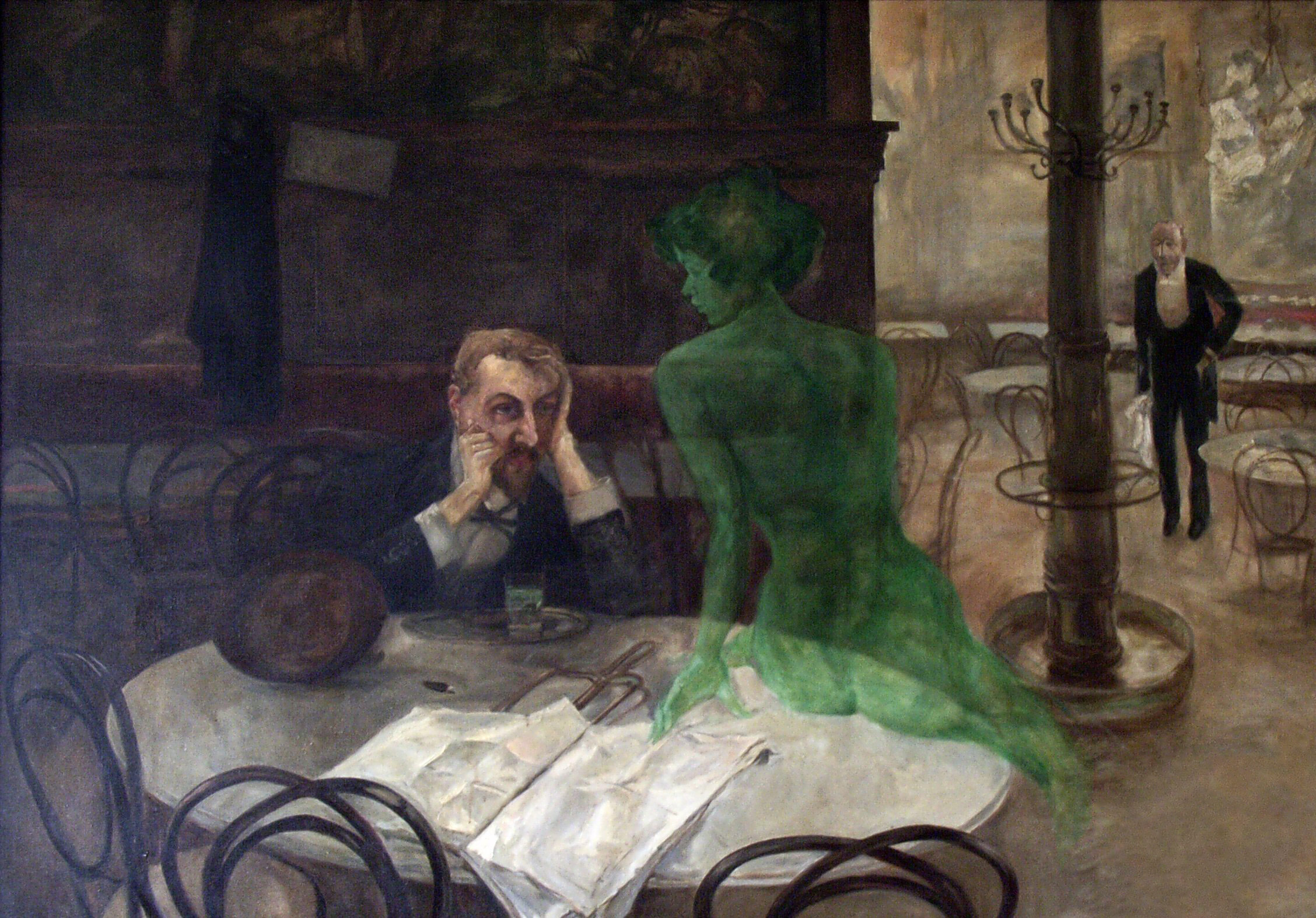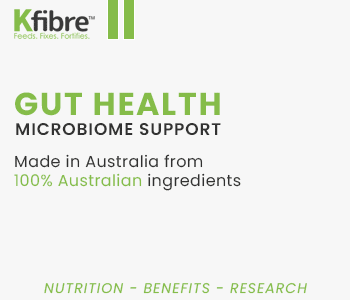“The first stage is like ordinary drinking, the second is when you begin to see monstrous cruel things, but if you persevere you will enter upon the third stage where you see things that you want to see, wonderful curious things.”
– Oscar Wilde on Absinth
Not many drinks can claim a history as controversial, influential, and romantic as Absinth. Invented in 1797 by Dr. Pierre Ordinaire, Absinth rapidly became popular, at first with the aristocrats of France and then amongst the bohemian art movement in the rest of Europe. Artists such as Van Gogh and Picasso lovingly referred to the drink as “La fée verte” (the green fairy) which best describes the sensations felt when drinking it.
Absinth became illegal in the early 1900s in most nations worldwide as it became synonymous for causing madness and many crimes, people have gone as far as describing the drink as the cocaine of the 18th century.
We are now able to enjoy a controlled version due to its recent legalisation, and again Absinth is fast becoming the drink to be seen sipping on. For those familiar with Pernod (Henri-Louis Pernod opened the first Absinth distillery in Switzerland) – Absinth is Pernod’s mother – they both have a similar taste but Absinth has a higher alcohol content (between 60% and 70%) and one vital ingredient, wormwood oil.
Wormwood oil is the ingredient that makes this drink special; its hallucinogenic qualities induce creativity and conversation alike but it also numbs the effect of the alcohol, giving the drinker its unique effect. The wormwood oil content is now strictly controlled; however, I can assure you from experience there is enough to create the desired effect.
Traditionally, Absinth should first be soaked in a sugar cube, set alight and caramelised through an Absinth spoon in a glass, then mixed with chilled water (3 to 4 parts water to 1 Absinth). It should be sipped, making it a great drink to wind-up or wind-down a dinner party.
Fresh attended an Absinth cocktail class and tasting at Sydney’s exclusive “Hemmespheres”, to find out about some of the great ways Absinth can be used in cocktails. Julian, a cocktail specialist from Hemmespheres and creator of the ‘Fairysinthe’ cocktail declared:
“it’s a great spirit that mixes well in almost anything that is sweet, so try it with your favorite mixer. Refreshing with apple, orange, grapefruit or pineapple juice; easy to drink with lemonade and goes well with cola”
Although it is sometimes mistakenly called a liqueur, absinthe is not bottled with added sugar and is therefore classified as a spirit. Absinthe is unusual among spirits in that it is bottled at a very high proof but is normally diluted with water when consumed.
A revival of absinthe began in the 1990s, when countries in the European Union began to reauthorise its manufacture and sale. As of February 2008, nearly 200 brands of absinthe were being produced in a dozen countries, most notably in France, Switzerland, Spain, and the Czech Republic.
Sydney absinthe fans can now enjoy the wonderful Absinthe Salon in Surry Hills – a “small bar” which serves 54 different varieties of Absinthe – absinthe and in fact only French and Swiss absinthe, which they regard as the best in the world. To check it out click here.
Another great atmospheric place to drink absinthe in Sydney is La Boheme Czech Restaurant (grainy late-night video above) where they sure have the Bohemian vibe going on. They now have a bar license so you can go there just to drink absinthe!
And for more information about buying absinth to drink at home ` and for and for bottle-shops/stockists in your area call 02 9979 4235 or visit www.greenfairy.com.au

Above is Serge Gainsbourg (portrayed by Eric Elmosnino) from the new movie about his life, Gainsbourg – well it’s more about his womanising. Sexy film! Now he was a hell of an absinthe drinker! To read the review about this cool new movie click here.
Finally if you’re an absinthe supplier / promoter / and or venue who serves absinthe and want to get your banner on this page, or be included in the links on here, it’s gonna cost you a crate of the stuff, but you can contact Stewart Dawes via editor@sydneycafes.com.au














